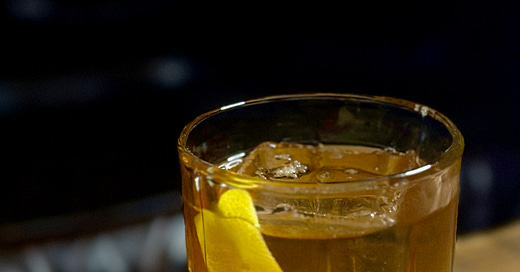If you are familiar with certain corners of the political newsletter/podcast ecosystem, you have probably encountered the term “steel-manning.”
Steel-manning is a term and practice that came about in reaction to the sense that a lot of folks in the political pundit business were framing their arguments in response to the weakest — and perhaps even distorted or outright fake — of their opponents’ arguments. In doing so, they were tearing down strawmen.
Steel-manning, then, is the opposite of straw-manning. It is the practice of framing your position against the best version of your opponents’ arguments. Steel-manning makes your arguments better: It’s a display of respect for your opponents, and of confidence in your own arguments. It’s also a show of intellectual humility and integrity, in that steel-manning often involves admitting that those who disagree with you might, in fact, have a good point or two.
Don’t worry. This isn’t a setup for this newsletter’s late-breaking political turn. There are plenty of other newsletters and podcasts for that.
But I do think that the concept of steel-manning can be applied to cocktails and cocktail recipes, in the sense that if you’re going to make a case for one recipe, you should probably acknowledge other recipes that challenge your assumptions, your opinions, your bottle selections, your ratios. Maybe you have a favorite recipe for a drink, and a theory as to why it’s superior. But some other recipes might make a few good points as well.
So for this week’s newsletter, we’re going to steel-man my Rusty Nail recipe, comparing the spec I published last week against two other Rusty Nail recipes that employ multiple brands of Scotch and different ratios. I stand by my Rusty Nail recipe. But I also have to admit: Both of this week’s versions are excellent and persuasive in their own ways.
We’ll do this with the Rusty Nail for several reasons.
First, it’s an incredibly simple drink — just two ingredients in its most basic, original form — and thus a showcase for the ways that subtle changes in spirit choices or ratios can alter a drink.
Second, because there are, in fact, a number of excellent rejoinders to my preferred recipe for the drink. With some cocktails — say, the Jungle Bird — I think there’s a recipe that’s just obviously better than all others.1 But with the Rusty Nail, well, some of the competitors make pretty good points.
And finally, because I’m in a Rusty Nail sort of mood, and I have been in such a mood for the last several months. Sometimes a drink just possesses you for a little while, and there’s not much you can do about it. I’ve got Rusty Nails on the brain.
The Ratio Never Lies?
Historically, the Rusty Nail was often made as a 50/50 cocktail, with equal parts Scotch and Drambuie — and no other ingredients besides ice. That’s how the drink is presented in both the 1968 edition of the Time Life Wines and Spirits book, as well as the 1971 edition of Playboy’s Host & Bar Book — I promise I only read it for the recipes! — which suggests it was a pretty common spec for the era.



